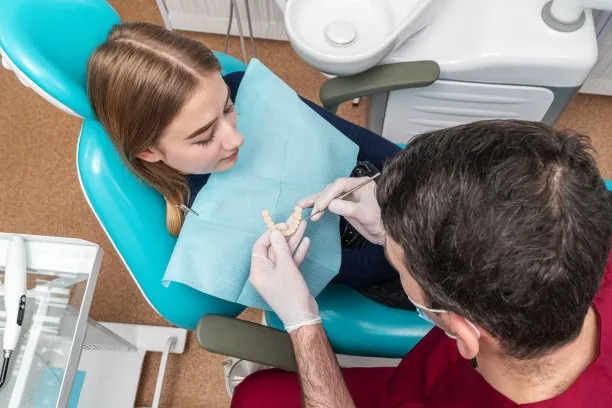Navigating the Process of Extracting a Tooth Understanding the Reasons and Aftercare for Successful Recovery
Summary: Extracting a tooth can be a daunting process, involving various important considerations from understanding the reasons behind the extraction to ensuring proper aftercare for a smooth recovery. This article delves into four key aspects: the common reasons for tooth extraction, the procedure itself, the potential complications that may arise, and essential aftercare tips to promote healing. Each segment is carefully structured to provide a comprehensive insight into navigating the complexities of dental extractions, ultimately ensuring patients feel informed and empowered throughout their journey to recovery.
1. Common Reasons for Tooth Extraction

Tooth extractions are commonly performed for several reasons, with dental decay often being the primary culprit. When a cavity or decay reaches an advanced stage, the tooth may become beyond repair through treatments like fillings or root canals. In such cases, extraction becomes necessary to eliminate pain and prevent the spread of infection.
Another significant reason for tooth extraction is crowding. With modern orthodontic treatments, some individuals may require the removal of one or more teeth to create sufficient space for proper alignment. Dentists and orthodontists typically evaluate each case to determine the best approach to achieving a straight smile.
Lastly, impacted wisdom teeth often necessitate extraction. These third molars can become trapped beneath the gums, leading to pain, swelling, and potential infection. Removing these teeth can alleviate discomfort and contribute to better oral health in the long run.
2. Understanding the Extraction Procedure
The tooth extraction procedure typically starts with a thorough examination and obtaining recommendations to ensure the patients overall health. Dentists may use X-rays to understand the tooth structure and surrounding tissues better. Based on this assessment, the appropriate anesthesia is administered to ensure the patient remains comfortable throughout the extraction.
Once the anesthesia takes effect, the dentist carefully loosens the tooth with the help of specialized instruments. A straight extraction can be performed for teeth that have erupted properly, while surgical extractions may be necessary for impacted or broken teeth. The dentists expertise ensures that the procedure is executed efficiently and safely.
Post-extraction, the dentist will provide crucial aftercare instructions, including when to eat and drink, as well as what to expect during the recovery period. Understanding these guidelines is essential for minimizing discomfort and promoting healing.
3. Potential Complications from Tooth Extraction
While tooth extractions are generally safe, potential complications may arise. One of the most common issues is dry socket, a painful condition where the blood clot at the extraction site dislodges, exposing underlying bone and nerves. This complication is more common in lower extractions and can be quite uncomfortable, requiring additional treatment.
Infection is another potential complication following an extraction. Its critical to monitor the extraction site for signs such as increased swelling, redness, or pus. If any of these symptoms develop, its essential to contact the dentist promptly for assessment and potential treatment.
Lastly, nerve injury can occur in rare cases, particularly when wisdom teeth are extracted. This can result in temporary or permanent numbness or tingling in the tongue, lip, or chin. Although uncommon, patients should discuss these risks with their dentists to address any concerns before the procedure.
4. Essential Aftercare for Recovery
Proper aftercare is vital for a successful recovery after a tooth extraction. Initially, it’s crucial to bite down on a gauze pad to control bleeding for several hours post-surgery. Patients should avoid rigorous activities for a few days to minimize swelling and discomfort.
Avoiding certain foods is also important during the healing process. Soft foods such as yogurt, mashed potatoes, or smoothies are recommended in the days following extraction. Patients should steer clear of hot foods, suction (straws), and hard or crunchy items that could disrupt the healing tissue.
Additionally, maintaining good oral hygiene is essential even after a tooth extraction. Patients can gently rinse their mouth with warm salt water after the first 24 hours to promote healing. However, they should avoid brushing around the extraction site for a few days to protect the area and promote clot formation.
Summary:
In conclusion, navigating the process of tooth extraction involves understanding the reasons for the procedure, the methods used, potential complications, and the vital aftercare required for successful recovery. Being informed empowers patients, leading to better outcomes and reduced anxiety surrounding the procedure.
This article is compiled by Vickong Dental and the content is for reference only.



